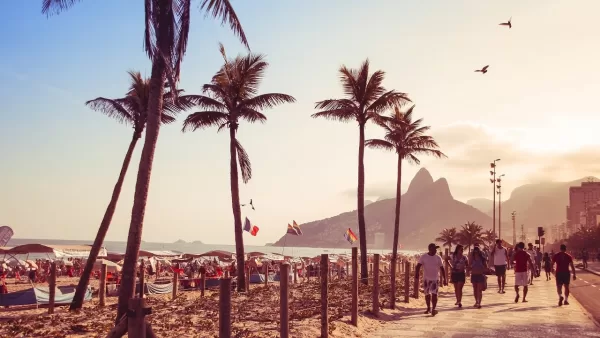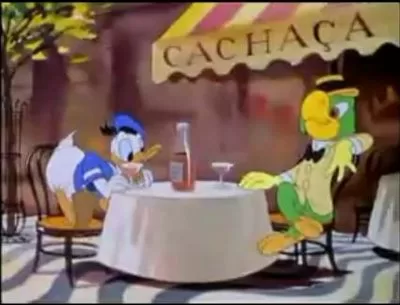Do you know Sítio Roberto Burle Marx (Roberto Burle Marx Garden)?
In the distant neighborhood of Barra de Guaratiba, in the West Zone of Rio de Janeiro, there’s a hidden place that looks like a small piece of paradise. Sítio Roberto Burle Marx was built by the greatest Brazilian landscaper of all times, with the goal of not only serving him as a home but mainly as a laboratory for experimentation for his projects.
The garden houses more than 3,500 species of tropical and subtropical plants, organized in nurseries and gardens, which live in harmony with the native vegetation in an area of 405,000 square meters with several buildings, lakes, gardens, art collections, and a vast library.
Rio by Cariocas recently visited this garden and was enchanted by its beauty and richness, in addition to the dedication, love, and knowledge of its guides and others responsible for the preservation of this beautiful place.
Learn a little more about the history of Burle Marx and his property. And understand why you should include this attraction to the list of places to visit in Rio de Janeiro.
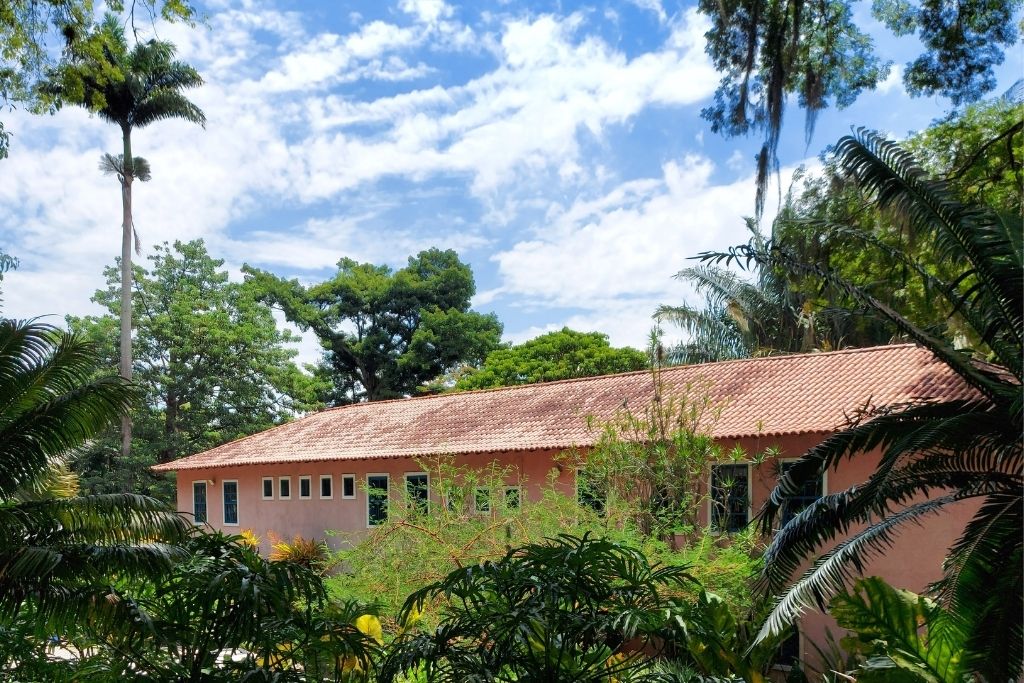
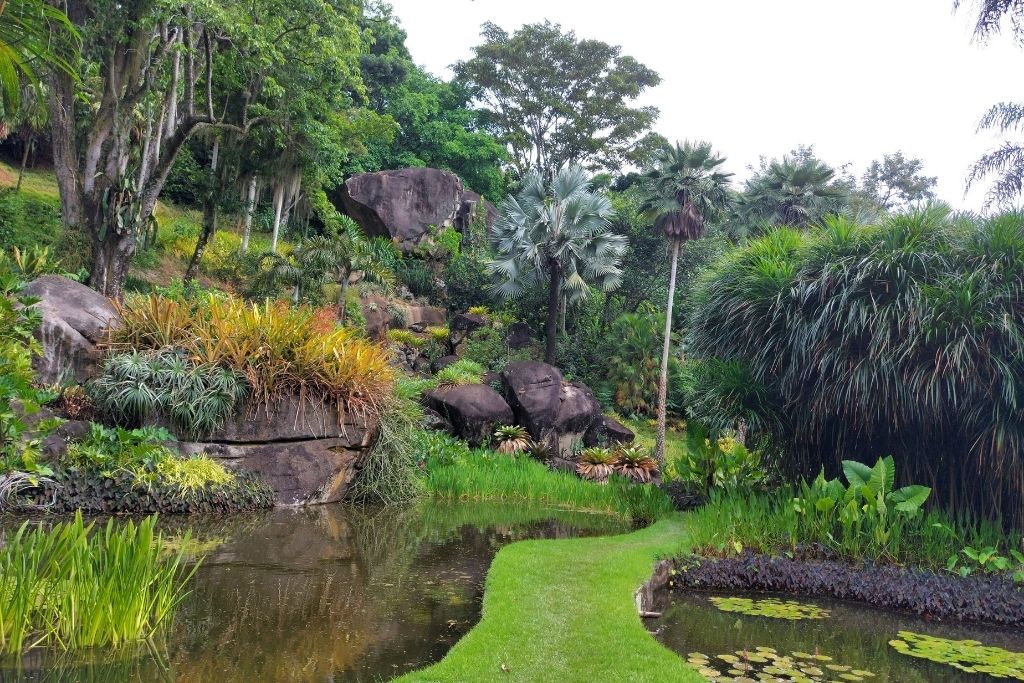
Who was Roberto Burle Marx?
Artist and Landscaper
Burle Marx (1909-1994) was one of the leading landscapers of the 20th century, recognized nationally and internationally. He developed an innovative landscaping concept and was the creator of the modern tropical garden. After all, he believed gardens should be elements integrated into social and urban life.
Its tropical gardens rescued botanical species and brought plants unknown to the general public to the city in an expeditionary effort across Brazil and other countries. Furthermore, he created a catalog of new species, many of which have the name of Burle Marx in their scientific name.
His trajectory in the landscape field started early, in the family garden when he was still a child. After years of study and specialization, the national public recognition of the landscape artist came in 1936, when he was part of the group that designed the Palácio Gustavo Capanema, in Rio de Janeiro.
Since then there were several important projects. Among them its first public garden in Rio de Janeiro: Praça Senador Salgado Filho, located in front of Santos Dumont Airport. Also, the Pampulha Garden, in Belo Horizonte, Minas Gerais, that established a dialogue with the architecture of Oscar Niemeyer.
But despite being known and recognized for the gardens and parks he created throughout his life, Burle Marx was a complete artist: he produced hundreds of prints, drawings, sculptures, tapestries, paintings on different supports, tile, and ceramic panels, jewelry, sets and costumes for theatre. And all this great set can be found on the current garden.
Sítio Roberto Burle Marx (Roberto Burle Marx Garden)
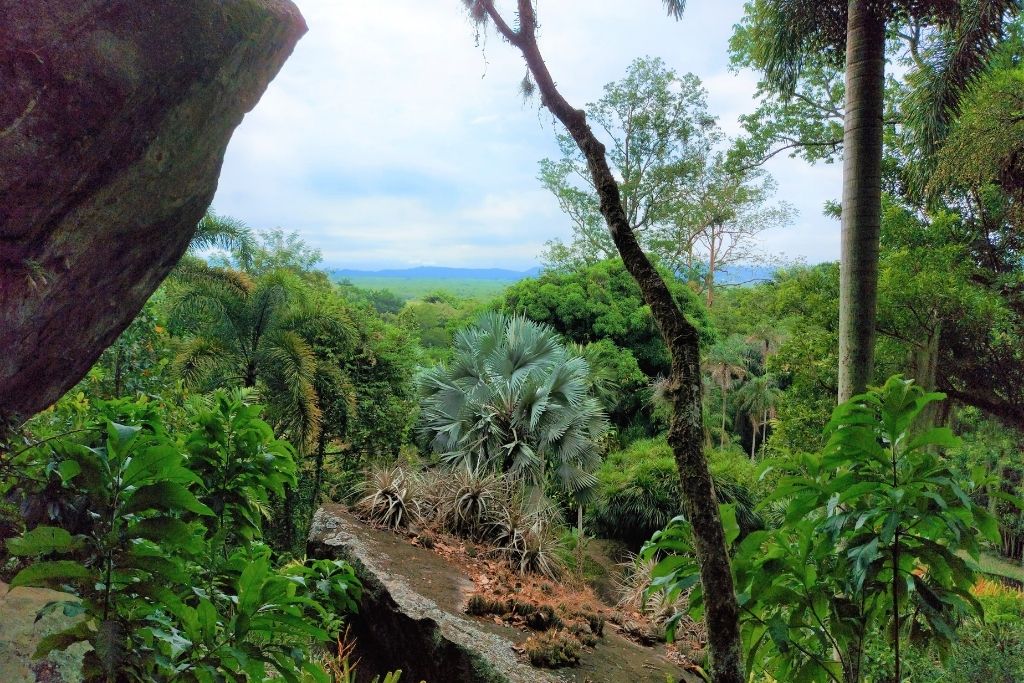
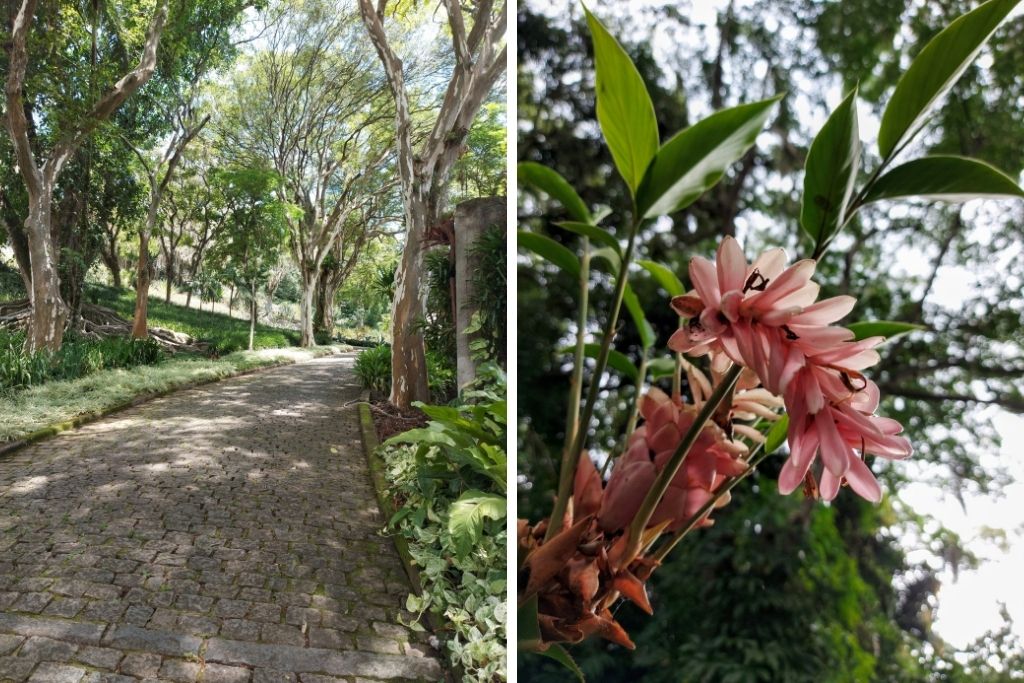
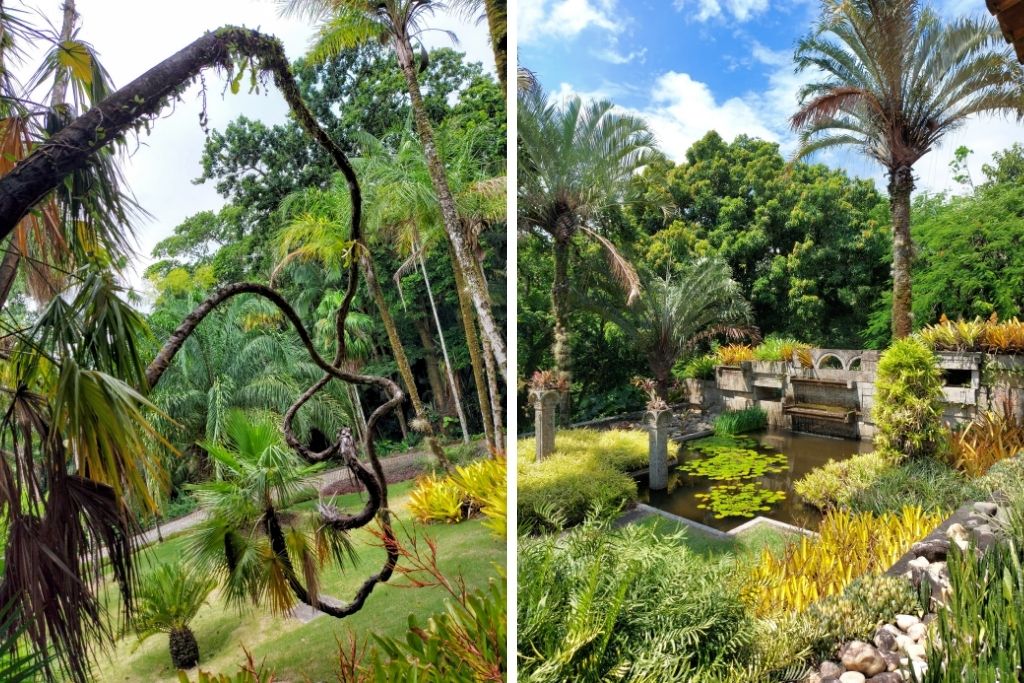
As his work required the use of a significant amount of native plants, many of them unprecedented in landscape projects, Roberto needed a laboratory where he could develop his most precious assets. It was then that the idea of buying a place came up.
After a long search for spaces that were not the target of real estate speculation and that united variety of soils and rocks with abundant water, Roberto finally found and bought his property. The place caught his attention because of the native vegetation, rich in mangroves, Restinga and Atlantic Forest.
Over the decades, Roberto monitored the plants’ acclimatization and daily development. Mainly, the plants were obtained through expeditions that the landscaper carried out in different ecosystems in Brazil and the world, always accompanied by botanists and the team from his office.
In 1985, Burle Marx donated the garden to the Brasilian Government, to ensure the continuity of research, the dissemination of acquired knowledge, and the sharing of that unique space with society.
With the death of Roberto Burle Marx in 1994, the property was managed by the National Historical and Artistic Heritage Institute (Iphan). The garden was listed by the cultural heritage agencies of Rio de Janeiro (1988) and Brazil (2000).
Unesco World Heritage
In July 2021, Sítio Roberto Burle Marx was unanimously recognized as a World Heritage Site by UNESCO.
The inclusion of the garden on the UNESCO list also creates an international commitment to the preservation of the site. One of the next steps will be to formalize a management plan for the place and its surroundings, involving various government institutions and civil society actors. The plan will also map risks and points out actions to minimize possible threats to the outstanding universal value of the Sítio Roberto Burle Marx.
How to visit:

Sítio Burle Marx is located at Estrada Roberto Burle Marx, nº 2019 – Barra de Guaratiba, Rio de Janeiro/RJ.
Mediated visits take place from Tuesday to Saturday (except holidays) and must be scheduled in advance by email (visitas.srbm@iphan.gov.br) or telephone (+55 21 2410-1412).
As long as the Pandemic state lasts, appointments to visit the Sítio Burle Marx will be made every two weeks, and only for the hours of 13:00, 13:30, or 14:00. The maximum number of visitors is 5 per educator/guide. Outside the pandemic period, visits also take place at 9:30 am, and groups may be bigger.
The ticket costs R$10.00 per person and must be paid in cash. Students and people over 60 years old pay half-price.
The visit lasts around 1h30, is done on foot, covering a path of 1,800 meters, which rises 45 meters from the starting point. It contemplates the gardens, the house, and the workspaces originally used by Roberto Burle Marx.
The site has an electric vehicle to serve people with reduced mobility. So it’s prepared to carry out tours conducted by guides in English, also having an App, installed on tablets available to the public, with an audio guide in English and Spanish, Libras, and audio description. If there is a need for any of these features, request it at the time of pre-scheduling.
In addition to guided tours, the site offers an ongoing program of musical concerts and other cultural events, such as lectures and painting sessions. In addition, throughout the year, the community of Barra de Guaratiba enjoys the property. And also its 18th-century chapel, where masses, weddings, baptisms, and other religious ceremonies are held, keeping centuries-old traditions alive.

Carioca Tip:
Barra de Guaratiba is also known for its gastronomic center specializing in seafood. So, take advantage of your visit to Sítio to taste some typical dishes of Brazilian Cuisine, such as Moqueca de Peixe and Pastel de Camarão.
What are you waiting for to visit this small paradise called Sitio Roberto Burle Marx? Do not miss this tour if you enjoy incredible landscapes and contact with nature. In addition to being outdoors, the property staff has followed all security protocols. The visit is therefore very safe!
If you want a transfer to take you to Sítio Roberto Burle Marx, get in touch with us. In addition to transportation, we can also help you plan your whole day with our Custom Tour. Thus, we can combine a visit to Sítio Roberto Burle Marx with other activities in the region.
